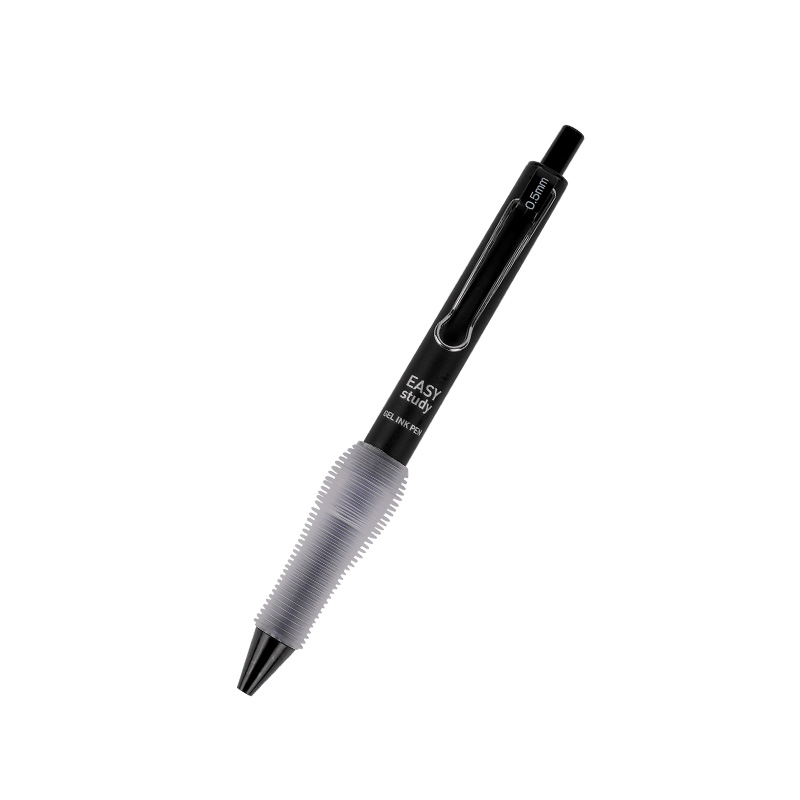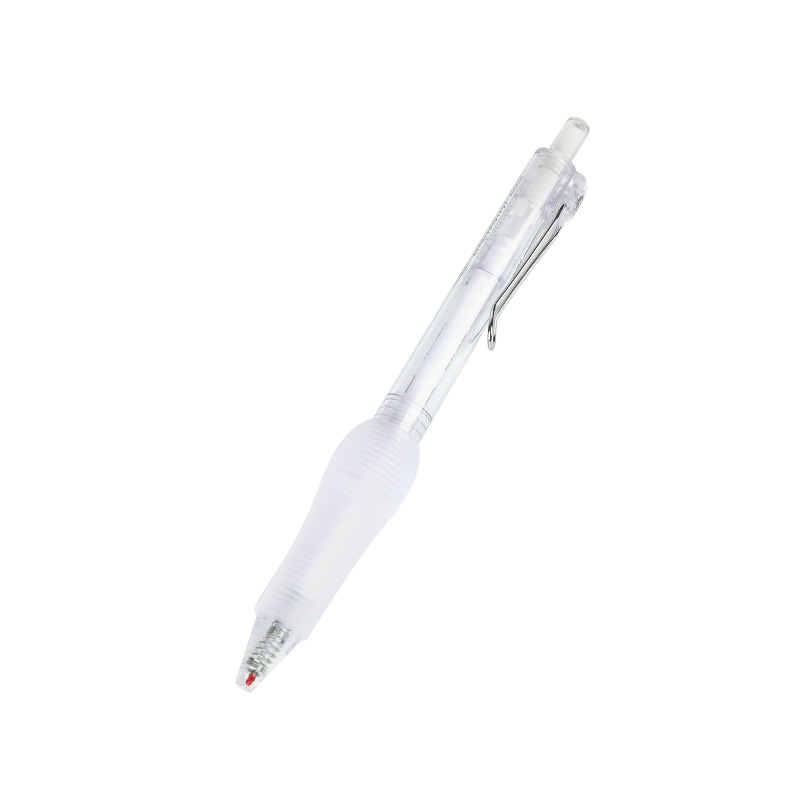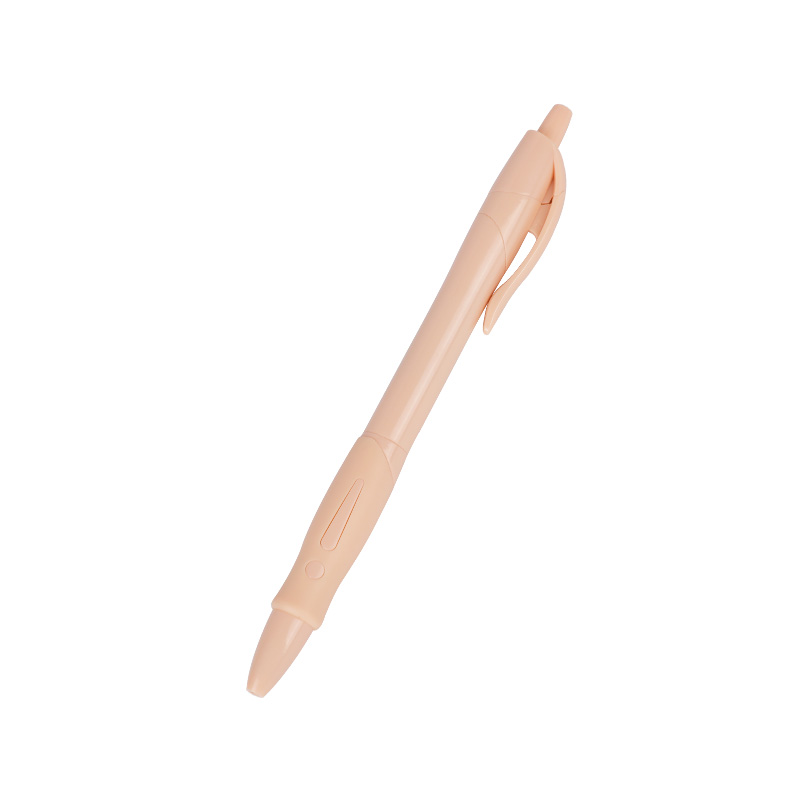What Makes Gel Ink Pens So Vibrant?
If you've ever used a gel ink pen, you've likely noticed how the colors seem to pop off the page with a distinctive brilliance. Whether you're sketching intricate designs, filling the pages of a journal, or simply jotting down a quick note, the immediate visual appeal is striking. The marks left behind are not just lines of color; they are bold, saturated, and possess a certain depth that captures the eye. This leads to an intriguing question: what specific properties and processes endow these writing instruments with such eye-catching vibrancy? The answer lies in a combination of material science, precise engineering, and thoughtful design, which we can explore together.
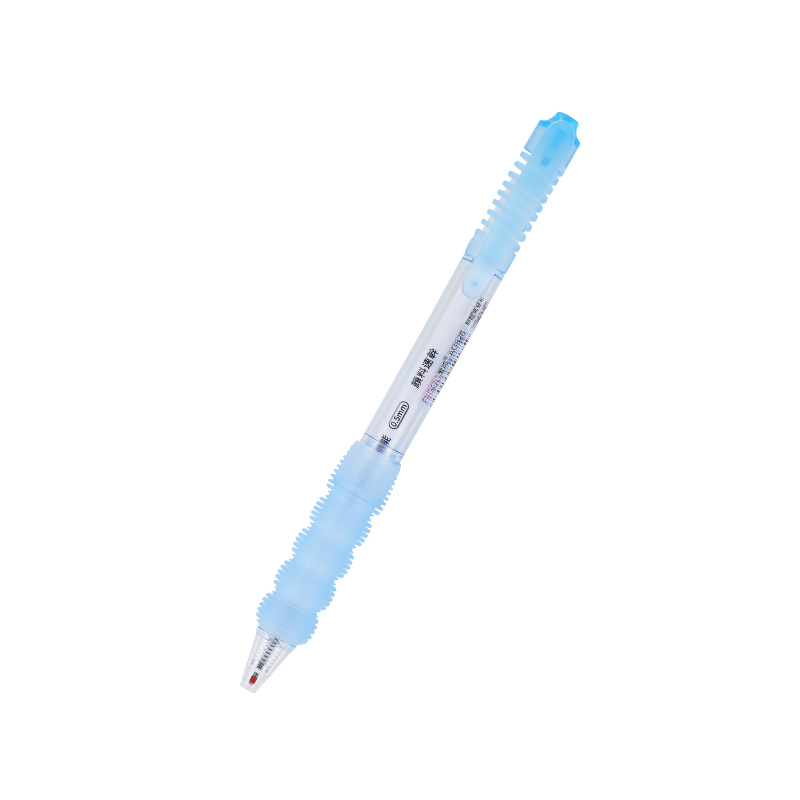
The foundation of the gel pen's striking color output is its unique ink formulation. This sets it apart significantly from traditional ballpoint pens, which rely on an oil-based ink. In contrast, gel pens utilize a water-based gel as the medium. This gel substance has a fundamentally different composition, characterized by a much higher concentration of pigment particles. Essentially, there is a greater quantity of colorant suspended within the ink reservoir. When this ink is transferred to paper, the result is a richer, more densely saturated line. The consistency of the gel is a critical factor; it is thick enough to keep the heavy pigments evenly distributed and prevent them from settling, yet it maintains a specific fluidity that allows it to glide effortlessly across the writing surface. This balance ensures that each stroke deposits a consistent and vivid mark.
A further contributing element is the opacity of the ink. The high density of pigment enables the gel ink to lay down a more opaque line compared to many standard pens. Because the color sits more prominently on the surface of the paper, it does not become as absorbed and diluted by the paper fibers. This reduces feathering and allows the true intensity of the color to remain visible, making hues appear brighter and more sharply defined. This characteristic is especially pronounced in specialty inks, such as metallic and neon varieties. Metallic inks contain tiny, light-reflective particles that create a shimmering effect, while neon inks include intensely bright pigments that seem to glow, adding a dynamic dimension to the text or artwork.
The role of the gel ink pen manufacturer is pivotal in achieving and maintaining this level of vibrancy. A manufacturer with a strong reputation does not simply combine ingredients; they engage in a detailed process of engineering the ink. This involves carefully balancing the complex formulation of pigments, water, and various gelling agents to create a substance that is not only vibrant but also dependable. The expertise of these manufacturers is demonstrated in the ink's performance: it must flow consistently without clogging the delicate pen tip, dry relatively quickly to prevent smudging, and remain stable over time—all while delivering that signature color impact. This requires rigorous quality control and a deep understanding of chemical interactions.
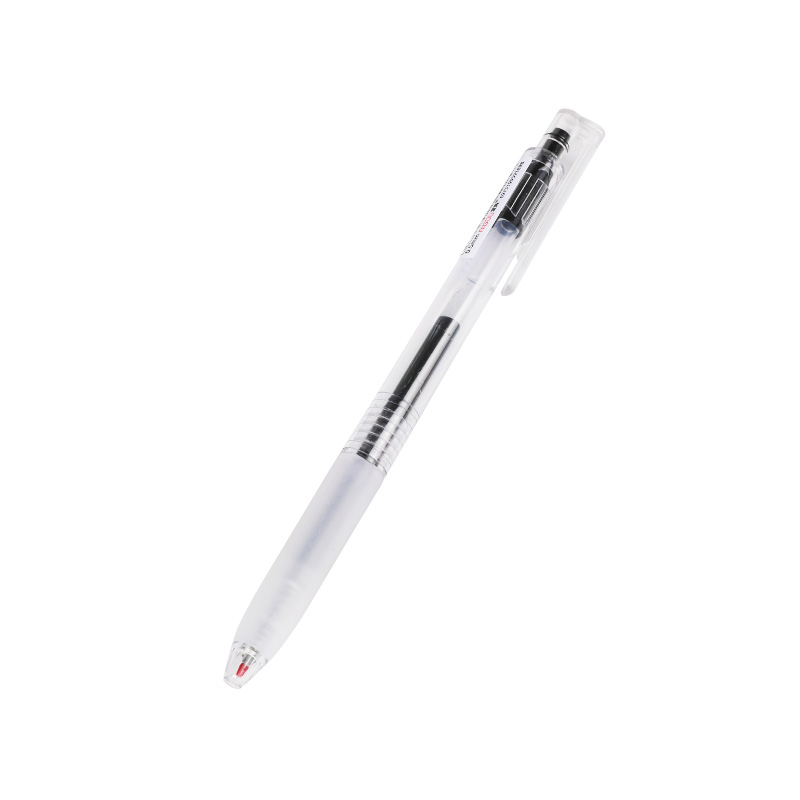
The design of the pen's tip is another integral component. Most gel pens employ a rollerball mechanism that facilitates the smooth and even delivery of the ink. The ball itself is typically crafted from a durable material like tungsten carbide, chosen for its resistance to wear and its ability to maintain a perfectly round shape. This provides a consistent point of contact with the paper, allowing for a steady and controlled flow of the vibrant ink. The precision of this mechanism, which ensures that each letter is crisp and full of color, is a result of extensive testing and refinement conducted by the manufacturer.
Furthermore, the vast spectrum of colors available is a direct outcome of continuous development by gel ink pen manufacturers. Through experimentation with different pigment types, particle sizes, and chemical formulas, manufacturers can produce an extensive array of shades. This ranges from deep, dramatic hues to bright, energetic tones, giving users the freedom to select a gel ink pen that aligns perfectly with their functional needs and personal expression.
In essence, the notable vibrancy of a gel ink pen is a deliberate achievement. It is the outcome of sophisticated ink science, meticulous attention to manufacturing processes, and a commitment to functional design. The next time you use a gel ink pen and appreciate the clarity and intensity of its color, it is worth considering the considerable knowledge and focused innovation invested into creating that particular writing experience.


